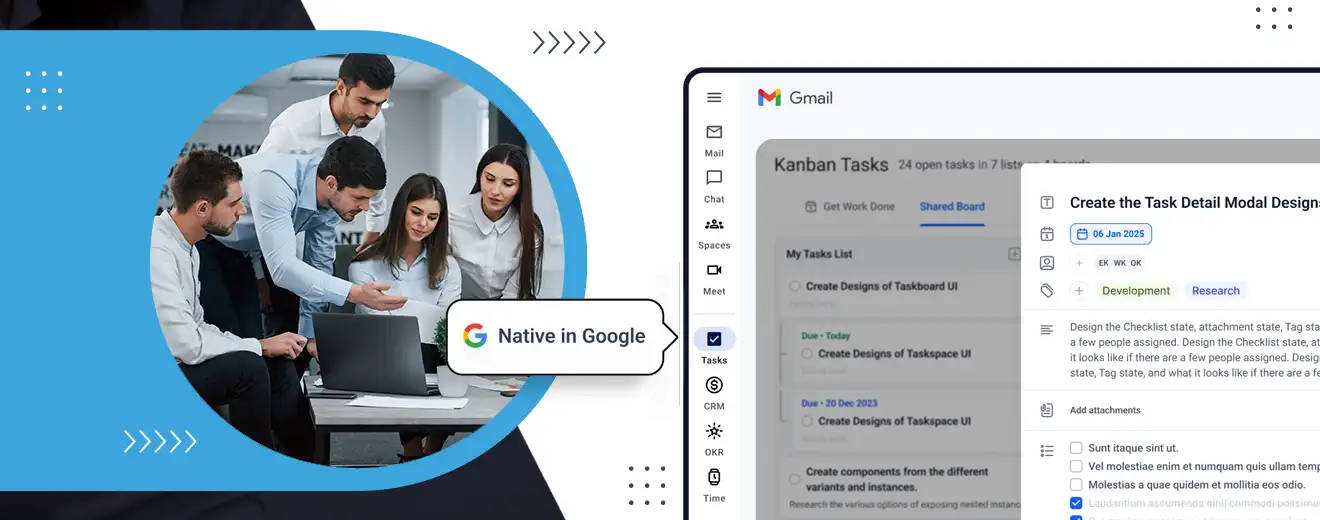Ekipa Consultancy in Malaysia co-hosted a webinar with Amiruddin Yusoff, Paul Hutton and myself Gretel Darby in April 2021 on the topic of “improving personal agility”.
Traditionally in Malaysia, the fasting month of Ramadan is especially challenging for working parents and spouses who are rushing to prepare for the daily family Iftar and juggling work. It therefore seemed opportune for Amir, that the topic of how to strike a better balance between work and personal life by improving your personal agility was the focus for this session.
We started the session with a quick personal assessment of our own agile practices to assess where we were on our agile / agility journey. You can try out a version here.
But we really wanted to explore how we could take our agile ways of thinking and working and improve our personal agility.
The following is how Amir has done this for himself, complete with four steps to increase your personal agility.
Foundational Stuff: Start with your Mindset
….It all starts with your outlook towards life and the world: adopt a growth mindset – be open to possibilities, be open to exploration, be honest with yourself and what you know, and generally just ask lots of ‘what-if’s and ‘may-be’s… and it’s ok, to not know, but to say you are exploring that…
What made sense for Amir was to shift from a scope / plan driven perspective – “I need to do these 10 things today” – to vision / value driven perspective – “I need to do the most valuable things first in my 10 things to do today”.
This way, you are starting any activity by asking what are the reasons why you want to do this – what value can I get out of doing this – and then you can pivot and adapt accordingly.
So, once I had got my growth and possibility mindset engaged and ditched my fixed mindset… Amir suggests…I am ready to start taking on the rest of the personal agility tips for improving my balance in work and life.
There are four steps and their order is important:
- Reflect
- Prepare
- Inspect
- Adapt

Step #1: Reflecting – Usually, in work, we would do a Retrospective, but how would you do that in personal life without constantly doing a full blown retrospective, I wonder?
Breaking it down and starting with reflecting upon your day.
Amir usually does this before going to bed, as he starts to prepare his plans for the day ahead.
He suggests there are a few ways to do this, but what works for him is a method known as the “Power of Pause”. Here’s how you would do it:
Stop (yes, stop everything), close your eyes for 5-10mins, take in your environment through the senses (the sound of rain on the window pane, feel the grass under your feet, breathe in the essential oil diffusing in your bedroom etc) and reflect:
● What happened today?
● What are the things I am thankful for?
● What are the things I wish I had done a bit differently today if I had a second chance to do things again?
For Amir, he would reflect by using an approach called “Muhasabah”, an Islamic practice aimed to achieve the same thing above, plus infuse a bit more spirituality by forgiving those that wronged you and seeking forgiveness from God for his own transgresses.
He would ask:
● What did I achieve today?
● What are the wrongs I did?
● How can I make tomorrow a better day than today?
● Forgive those that have wronged me, and seek forgiveness for what I have done
Reflecting can be a powerful and humbling experience, only if you allow it to work its magic and be honest towards wanting to make things better. This is the first step towards getting better by knowing what to improve on.
Step #2: Prepare – this is straight out of every good time management manual with a very specific Agility mindset add-on to enhance it.
- Start by making a normal “To Do” list
- Then review your list and assign a “value” to each item on that list
- What I mean by “value” is an agile mindset concept – Start by asking yourself what is the “value” that will be achieved by doing this – Value can be measured by what you decide is valuable – so it could be as simple as “I value a low stress life” – so if doing this activity on my To Do list will reduce my stress, then give that activity a higher value
- If spending quality time with my family has a higher value than being fit, then you give more priority and time to family activities on your list
- Prioritise: In the same way we would assign priorities when creating a product backlog float items with the greatest value to the top of the list. This will enable you to focus on the most valuable items in your to-do list – you do need to create a personal value scale. Personally, I would use a practice in agile ways of working called “Trade-Off sliders” or “Decision sliders”, which you could use to create your value scale – one time only activity or you can review on a quarterly basis to check if it still works for you
- Another agile prioritisation practice I have used personally on my To Do list is MoSCoW – MoSCoW stands for Must Have, Should Have, Could Have or Won’t Have – just change the word to “Have” to “Do” – and you can quickly prioritise your To Do list with Must Do’s, Should Do’s etc.
To complement these prioritisation techniques, Amir also introduced the “Pareto” principle into the equation which explains why it’s valuable to do this prioritisation activity. The Pareto principle recognises the 80:20 rule – 80% of the value comes from 20% of the effort, so make sure you are focusing your top 20% of the To Do list.
Step #3: Inspect – actually spend some time inspecting your “To Do list” of activities frequently or daily (whatever works for you). Review where you are with your progress in making value happen.
Amir explains, an easy way to quickly inspect where we are in our journey is to make our tasks visual – move your to-do list from a list that you have to rewrite everyday into a personal Kanban board.
This enables you to visualise your to-do list (especially recurring things like paying the bills, doing homework, calling mum etc), share it with the rest of your family to give it some transparency – but also so you can see progress from a to-do list backlog of things to do through to done..
Trust me, there’s something so satisfying to be had by seeing your sticky notes move from “In Progress” to that “Done” column. In Amir’s family, they even have a mini celebration when that happens.
Having them as “sticky notes on a board” means it’s really easy to reprioritise your backlog, again so you don’t have to rewrite each activity – eliminating wasted time.
Step #4: Adapt – principle #2 in the agile manifesto says – Welcome Change – that’s a mindset “flip” for many of us – Charles Darwin said – it is not the strongest of the species that survives, nor the most intelligent that survives. It is the one that is most adaptable to change.
In closing the loop, Amir shared a great example, which is after you’ve inspected, ask yourself
- How are you progressing?
- Have you achieved 80% of value from your top 20% high value activities being completed?
If yes, does it mean you need to move onto the lower value activities in your to-do list? Bear in mind that your remaining 80% of activities will only give you a balance of 20% value.
Or, is there something new in your backlog that needs to be prioritised higher that delivers more value – this makes it easier to keep adapting if those new activities are of a higher value.
So, in summary doing these four simple things everyday can genuinely improve your personal agility and balancing life and work better. I’ve seen Amir’s “Done” column…. And it’s impressive! So now to put into practice to see if I can improve the value of my contribution to the team and my family, and when those changes happen, I can move through those first steps of change, adapting faster and with more grace.
Amiruddin Yusoff has moved onto new opportunities. But we continue to reflect on his personal agility tips and put them into our own lives. We hope you also have found at least one new thing you can try to improve your personal agility.

.png)





